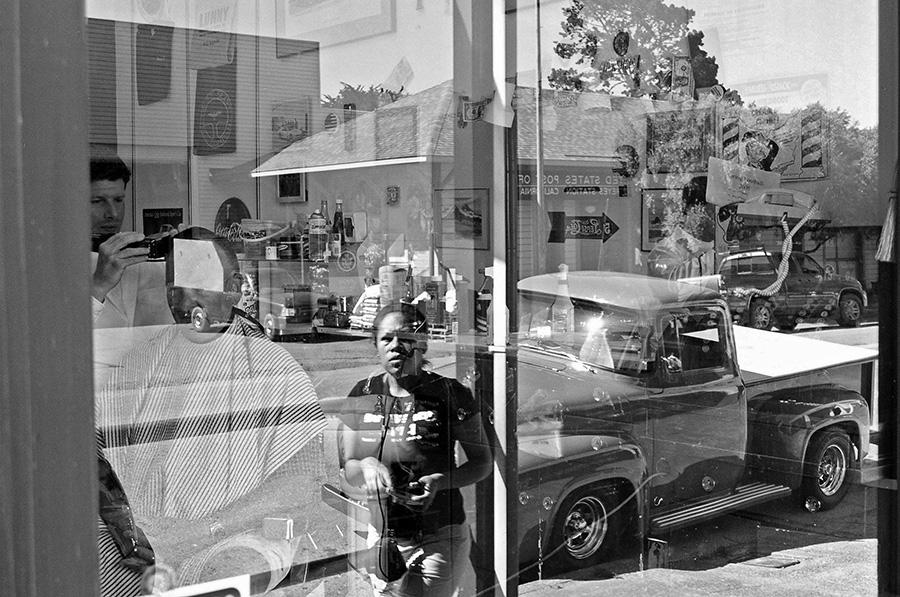The participants of the Latino Photography Project document the traditions and vibrancy of West Marin’s Latino population—and for the last year, filmmaker . . .
Documenting Latino photographers


The participants of the Latino Photography Project document the traditions and vibrancy of West Marin’s Latino population—and for the last year, filmmaker . . .